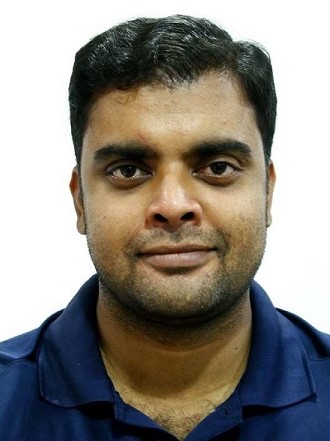We live in a world where trends change faster than reels on Instagram, and India’s PR landscape has become battlefield between two powerful forces: Influencers and Journalists. It’s like witnessing a showdown between the digital darlings of social media and the seasoned veterans of traditional journalism.
Let’s break it down. Picture journalists as the experienced actors of the PR world—think Ranbir Kapoor and Rajkummar Rao. These are the professionals who have been through it all and command respect with their credibility and a well-earned reputation. When a journalist covers your brand, it’s akin to receiving a prestigious seal of approval. For example, when The Hindu broke the 2G scam story, it wasn’t just news; it was a seismic event that shook the very foundations of Indian politics.
Now, enter the influencers. They’re the new generation of social media stars—imagine Ranveer Singh and Alia Bhatt. Flashy, trendy, and always in the spotlight, they know how to make an impact. With millions of followers at their disposal, influencers have the power to turn a brand into an overnight sensation—or a viral meme, depending on the outcome. Take Disha Patani’s post for Calvin Klein as an example. It wasn’t just an advertisement; it sparked a movement, inspiring people across India to swap their comfy pajamas for branded innerwear.
So, who’s got the upper hand? Well, it depends on who you question. If you ask the traditionalists, they’ll tell you that nothing beats the credibility of a seasoned journalist. After all, a feature in The Economic Times or NDTV isn’t just publicity—it gives your brand that stamp of authenticity. Journalists bring depth, analysis, and that all-important fact-checking that makes their word gold. A survey by PR Week even found that 60% of Indian PR professionals still swear by traditional media for long-term brand building.
But if you ask the cool kids of the PR world, they’ll argue that influencers are the real MVPs. Why? Because they bring the three R’s: Reach, Relatability, and Relevance. Influencers speak the language of the people—literally. Whether it’s a makeup tutorial, a fashion haul, or a candid vlog, they make brands relatable to their audience. And let’s be honest, in a country where over 65% of the population is under 35, being relevant to your followers isn’t just important—it’s everything.
Yet, here is where it gets interesting: the lines between these two worlds are starting to blur. Influencers are donning the hats of journalists, offering in-depth reviews, interviews, and even investigative content. On the flip side, journalists are embracing social media, building their own follower base, and engaging directly with their audience. Barkha Dutt, for example, has become as much of a Twitter icon as she is a respected journalist, proving that the pen and the hashtag can coexist.
But here is the kicker: the future of PR in India isn’t about choosing one over the other. It’s about mixing the old with the new to create a PR cocktail that’s both credible and clickable. Imagine a campaign where a brand launches a product with an exclusive feature in The Hindu, followed by a series of influencer posts that bring that feature to life in a way that resonates with millions. It’s the best of both worlds.
So, who is really driving PR in India? The answer isn’t as black-and-white as it seems. It is not about journalists vs. influencers; it’s about how they can complement each other. Journalists provide the trusted narrative, while influencers amplify that narrative with a personal touch. Together, they’re not just driving PR in India—they’re redefining it.
The views and opinions published here belong to the author and do not necessarily reflect the views and opinions of the publisher.



Be the first to comment on "Influencers vs. Journalists: Who’s Really Driving PR in India?"